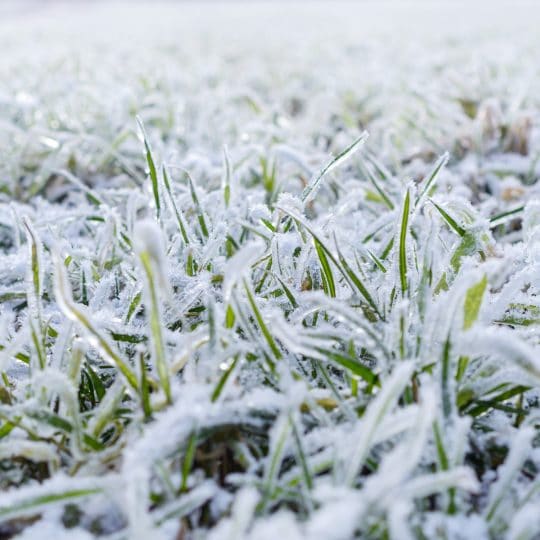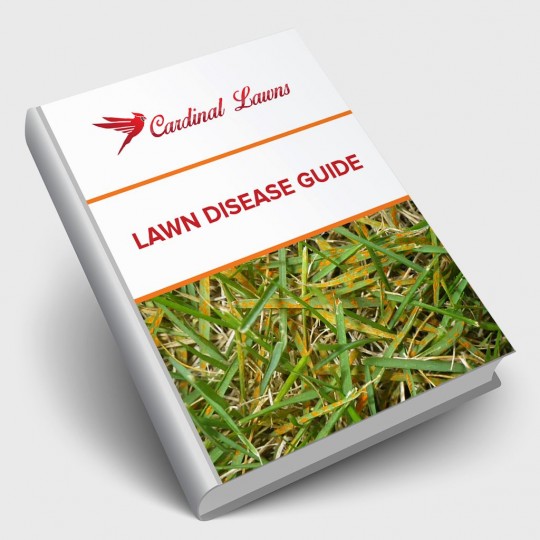Snow Mold Control
Signs and Prevention Tips
Posted
December 28, 2017

A blanket of snow across your lawn may be pretty now, but come the spring you may see patches of snow mold that could keep growing if not addressed.
What is Snow Mold
Snow mold is a fungal lawn disease that appears as the snow melts. The two main types, gray and pink, start to grow under the cover of snow. Once the snow melts, this lawn disease can survive during the summer heat in the soil or in infected plant debris as long as the grass remains cool and wet.
Gray snow mold is white to gray in color and stops growing when the temperature reaches 45°F or the surface dries. Pink mold looks more whitish-pink and may continue to grow in wet weather as long as the temperature is between 32°F and 60°
Signs of Snow Mold
After the snow has melted, you may see circular, straw-colored patches in the lawn. Grass within the patch will look matted with a colored fungal growth along the border or covering the entire patch.
You may even notice other signs of fungi, like mushrooms, in the affected area. Gray snow mold also infects plant leaves with hard, pinhead-sized structures.
Mold Prevention
You may not see signs every year. It’s likely to only appear when you get an early snow cover. While the damage isn’t too serious—it takes infected areas longer to look green—there are things to help keep it from doing more damage:
- Spread large snow piles to encourage melting.
- Use snow fencing to minimize accumulation in problem spots.
- Gently rake affected areas to promote drying and prevent fungal growth.
- Mow the lawn at the recommended height until it’s not actively growing. The taller the grass, the more it will mat and encourage mold growth.
- Rake up leaves in the fall.
Don’t let a winter wonderland ruin your lush spring lawn. For more information on controlling snow mold, contact Cardinal Lawns.

Download Your FREE Lawn Disease Guide
Even the most manicured landscapes are susceptible to lawn disease. Take some time to learn about identification and removal before one takes over your lawn. This handy guide teaches you how to spot common lawn diseases as well as how to properly treat them.